Peugeot 308 vs Volvo V90 – Which one offers the better deal?
Both models have their strengths – but which one suits you more?
Compare performance, efficiency, price and space directly: Peugeot 308 or Volvo V90?
Costs and Efficiency: When it comes to price and running costs, the biggest differences usually appear. This is often where you see which car fits your budget better in the long run.
Peugeot 308 has a significantly advantage in terms of price – it starts at 29200 £, while the Volvo V90 costs 62300 £. That’s a price difference of around 33068 £.
Both cars consume an average of 0.80 L per 100 km – no difference here.
As for range, the Peugeot 308 performs convincingly better – achieving up to 419 km, about 331 km more than the Volvo V90.
Engine and Performance: Power, torque and acceleration say a lot about how a car feels on the road. This is where you see which model delivers more driving dynamics.
When it comes to engine power, the Volvo V90 has a significantly edge – offering 455 HP compared to 195 HP. That’s roughly 260 HP more horsepower.
In acceleration from 0 to 100 km/h, the Volvo V90 is clearly quicker – completing the sprint in 4.80 s, while the Peugeot 308 takes 7.60 s. That’s about 2.80 s faster.
In terms of top speed, the Peugeot 308 performs slightly better – reaching 225 km/h, while the Volvo V90 tops out at 180 km/h. The difference is around 45 km/h.
There’s also a difference in torque: Volvo V90 pulls clearly stronger with 709 Nm compared to 300 Nm. That’s about 409 Nm difference.
Space and Everyday Use: Beyond pure performance, interior space and usability matter most in daily life. This is where you see which car is more practical and versatile.
Both vehicles offer seating for 5 people.
In curb weight, Peugeot 308 is clearly lighter – 1436 kg compared to 2075 kg. The difference is around 639 kg.
In terms of boot space, the Volvo V90 offers a bit more room – 488 L compared to 412 L. That’s a difference of about 76 L.
In maximum load capacity, the Volvo V90 performs slight better – up to 1454 L, which is about 131 L more than the Peugeot 308.
When it comes to payload, Volvo V90 minimal takes the win – 515 kg compared to 510 kg. That’s a difference of about 5 kg.
Who comes out on top?
Overall, the Peugeot 308 shows itself to be offers a more balanced package and secures the title of DriveDuel Champion.
It convinces with the more balanced overall package and proves to be the more versatile choice for everyday use.

Peugeot 308
Peugeot 308
The Peugeot 308 presents a refined blend of style and sophistication, making it a compelling option for anyone in search of a dynamic yet practical vehicle. Its sleek design is complemented by a thoughtfully crafted interior that ensures both driver and passengers travel in comfort and elegance. Moreover, the 308 offers a responsive driving experience, combining agility with a sense of security on the road.
details @ media.stellantis.com
@ media.stellantis.com
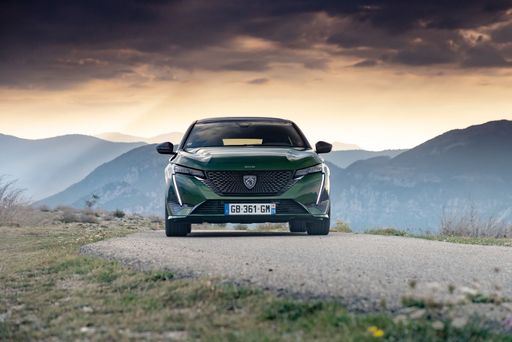 @ media.stellantis.com
@ media.stellantis.com
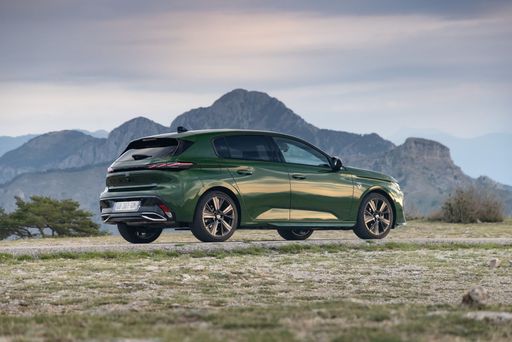 @ media.stellantis.com
@ media.stellantis.com
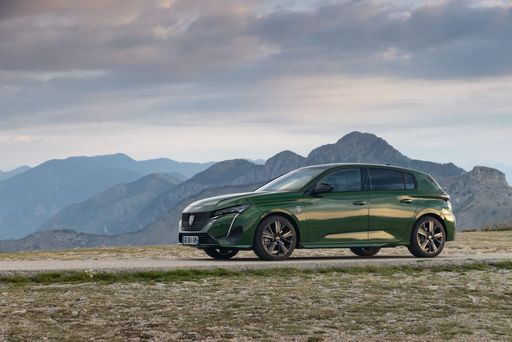 @ media.stellantis.com
@ media.stellantis.com
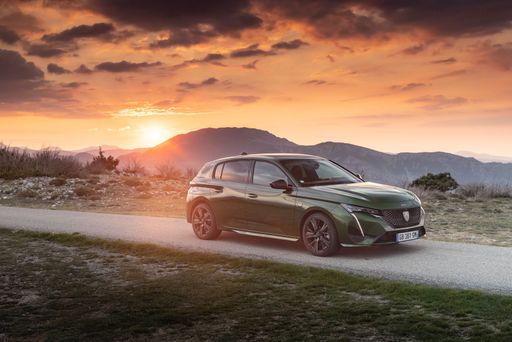 @ media.stellantis.com
@ media.stellantis.com
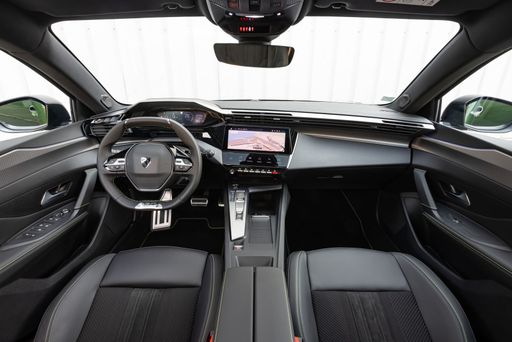 @ media.stellantis.com
@ media.stellantis.com
Volvo V90
The Volvo V90 embodies the ideal blend of Swedish elegance and practical functionality, making it an attractive choice for those seeking a premium estate vehicle. Its interior exudes sophistication with high-quality materials and a minimalist design that ensures both comfort and style in every journey. On the road, the V90 delivers a smooth driving experience, supported by advanced safety features and cutting-edge technology that enhance both performance and passenger wellbeing.
details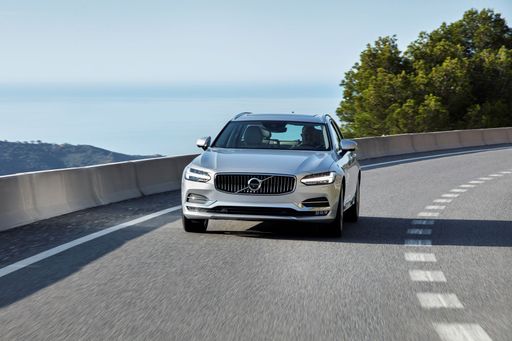 @ media.volvocars.com
@ media.volvocars.com
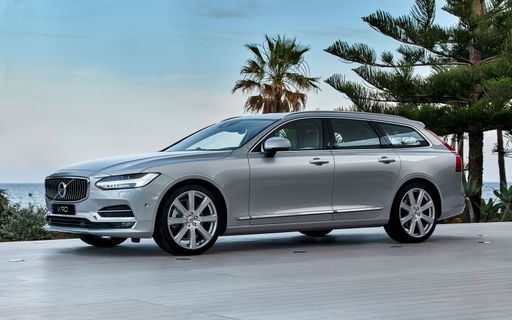 @ media.volvocars.com
@ media.volvocars.com
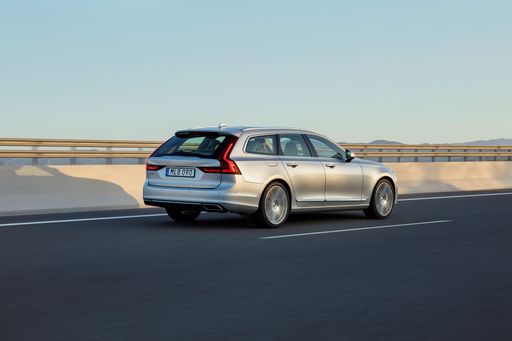 @ media.volvocars.com
@ media.volvocars.com
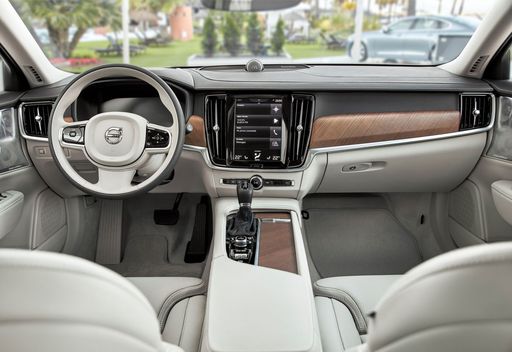 @ media.volvocars.com
@ media.volvocars.com
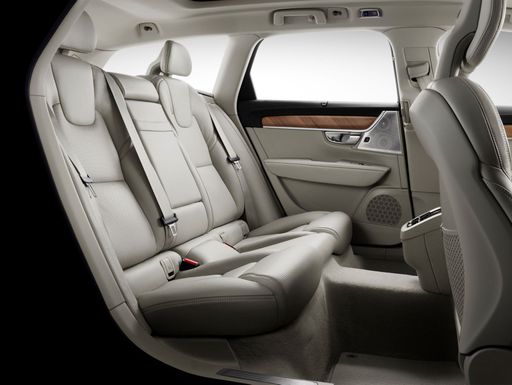 @ media.volvocars.com
@ media.volvocars.com

|

|
|
|
|
Costs and Consumption |
|
|---|---|
|
Price
29200 - 41800 £
|
Price
62300 - 71700 £
|
|
Consumption L/100km
0.8 - 5.1 L
|
Consumption L/100km
0.80 L
|
|
Consumption kWh/100km
15.20 kWh
|
Consumption kWh/100km
-
|
|
Electric Range
78 - 419 km
|
Electric Range
88 km
|
|
Battery Capacity
51 kWh
|
Battery Capacity
14.70 kWh
|
|
co2
0 - 133 g/km
|
co2
18 g/km
|
|
Fuel tank capacity
42 - 53 L
|
Fuel tank capacity
60 L
|
Dimensions and Body |
|
|---|---|
|
Body Type
Hatchback
|
Body Type
Estate
|
|
Seats
5
|
Seats
5
|
|
Doors
5
|
Doors
5
|
|
Curb weight
1436 - 1759 kg
|
Curb weight
2075 kg
|
|
Trunk capacity
314 - 412 L
|
Trunk capacity
488 L
|
|
Length
4367 mm
|
Length
4945 mm
|
|
Width
1852 mm
|
Width
1879 mm
|
|
Height
1441 mm
|
Height
1472 mm
|
|
Max trunk capacity
1258 - 1323 L
|
Max trunk capacity
1454 L
|
|
Payload
431 - 510 kg
|
Payload
515 kg
|
Engine and Performance |
|
|---|---|
|
Engine Type
Diesel, Electric, Petrol MHEV, Plugin Hybrid
|
Engine Type
Plugin Hybrid
|
|
Transmission
Automatic
|
Transmission
Automatic
|
|
Transmission Detail
Automatic Gearbox, Reduction Gearbox, Dual-Clutch Automatic
|
Transmission Detail
Automatic Gearbox
|
|
Drive Type
Front-Wheel Drive
|
Drive Type
All-Wheel Drive
|
|
Power HP
130 - 195 HP
|
Power HP
398 - 455 HP
|
|
Acceleration 0-100km/h
7.6 - 10.6 s
|
Acceleration 0-100km/h
4.8 - 5.5 s
|
|
Max Speed
170 - 225 km/h
|
Max Speed
180 km/h
|
|
Torque
230 - 300 Nm
|
Torque
659 - 709 Nm
|
|
Number of Cylinders
3 - 4
|
Number of Cylinders
4
|
|
Power kW
96 - 144 kW
|
Power kW
293 - 335 kW
|
|
Engine capacity
1199 - 1598 cm3
|
Engine capacity
1969 cm3
|
General |
|
|---|---|
|
Model Year
2023 - 2025
|
Model Year
2024
|
|
CO2 Efficiency Class
D, A, C, B
|
CO2 Efficiency Class
B
|
|
Brand
Peugeot
|
Brand
Volvo
|
Is the Peugeot 308 offered with different drivetrains?
Available configurations include Front-Wheel Drive.
The prices and data displayed are estimates based on German list prices and may vary by country. This information is not legally binding.
